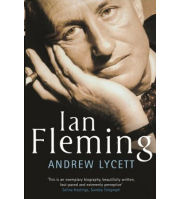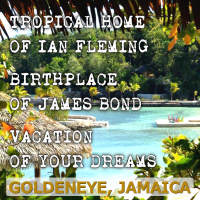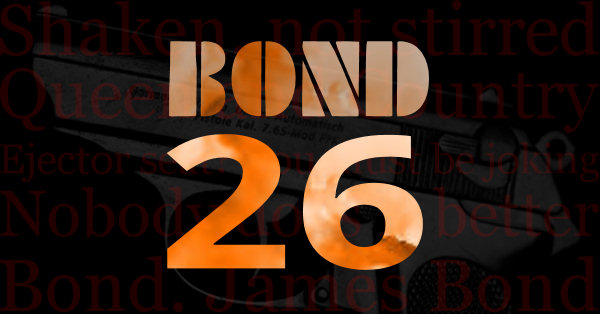 Following his heart attack, Ian Fleming spent a month convalescing in the London Clinic followed by the Dudley Hotel in Hove and while recuperating started to write down a story he’d been telling Caspar about a magic flying car – Chitty Chitty Bang Bang.
Following his heart attack, Ian Fleming spent a month convalescing in the London Clinic followed by the Dudley Hotel in Hove and while recuperating started to write down a story he’d been telling Caspar about a magic flying car – Chitty Chitty Bang Bang.
Fleming spent the summer in a flat in Sandwich and while he was not allowed to play golf, he managed to busy himself behind the scenes at Royal St George’s by serving on the handicap committee, followed later by the house and finance committee.
Meanwhile, Harry Salzman acquired an option on the film rights in 1961, but was unable to raise finance. Finally he was put in touch with Cubby Broccoli and in June 1961, backed by a United Artists contract for six films, they jointly formed Eon Productions – Fleming had made the breakthrough he’d long been looking for with a film deal that saw him receive $100,000 per film plus a 5 percent cut of the producer’s profit.
Even then the film deal was almost scuppered due to the complicated tangle that the film, television and book rights had become and while the first film was originally planed to be Thunderball, pre-production switched to Dr No due to the ongoing legal battle with Kevin McClory.
With the film deal signed and Fleming having recovered from his heart attack, his workweek now consisted of travelling to London on Tuesday morning and returning on Thursday evening. However, at home the Fleming’s marriage was anything but harmony and each was conducting a long-term affair. While they repeatedly tried to patch up their differences it made little difference and Ann came under additional stress when her lover – Hugh Gaitskill, who was the leader of the Labour Party – fell ill and she found herself beset by worry for both men.
While Fleming had been eager to secure a film deal, he declined to be involved in the script, possibly due to his experience on Thunderball. However, he did make provide input to the filmmakers – including suggesting David Niven and Roger Moore for the lead role, although in the end Broccoli chose Sean Connery – and Fleming was in Jamaica when some of the location work was taking place, including the famous scene when a bikini clad Ursula Andress emerges from the sea.
When Fleming’s latest James Bond novel was published on April 16th 1962 it received poor reviews. The Spy Who Loved Me was a literary experiment, written in the first person from the point of view of Vivienne Michel – and James Bond appears only in the last third.
![]() For more comprehensive information on the life of Ian Fleming see Andrew Lycett’s excellent biography, available at Amazon.co.uk/Amazon.com.
For more comprehensive information on the life of Ian Fleming see Andrew Lycett’s excellent biography, available at Amazon.co.uk/Amazon.com.
![]() For the full story behind Thunderball see Robert Seller’s “The Battle For Bond” – Amazon.co.uk/Amazon.com.
For the full story behind Thunderball see Robert Seller’s “The Battle For Bond” – Amazon.co.uk/Amazon.com.
Read more about Ian Fleming











Leave a Reply.